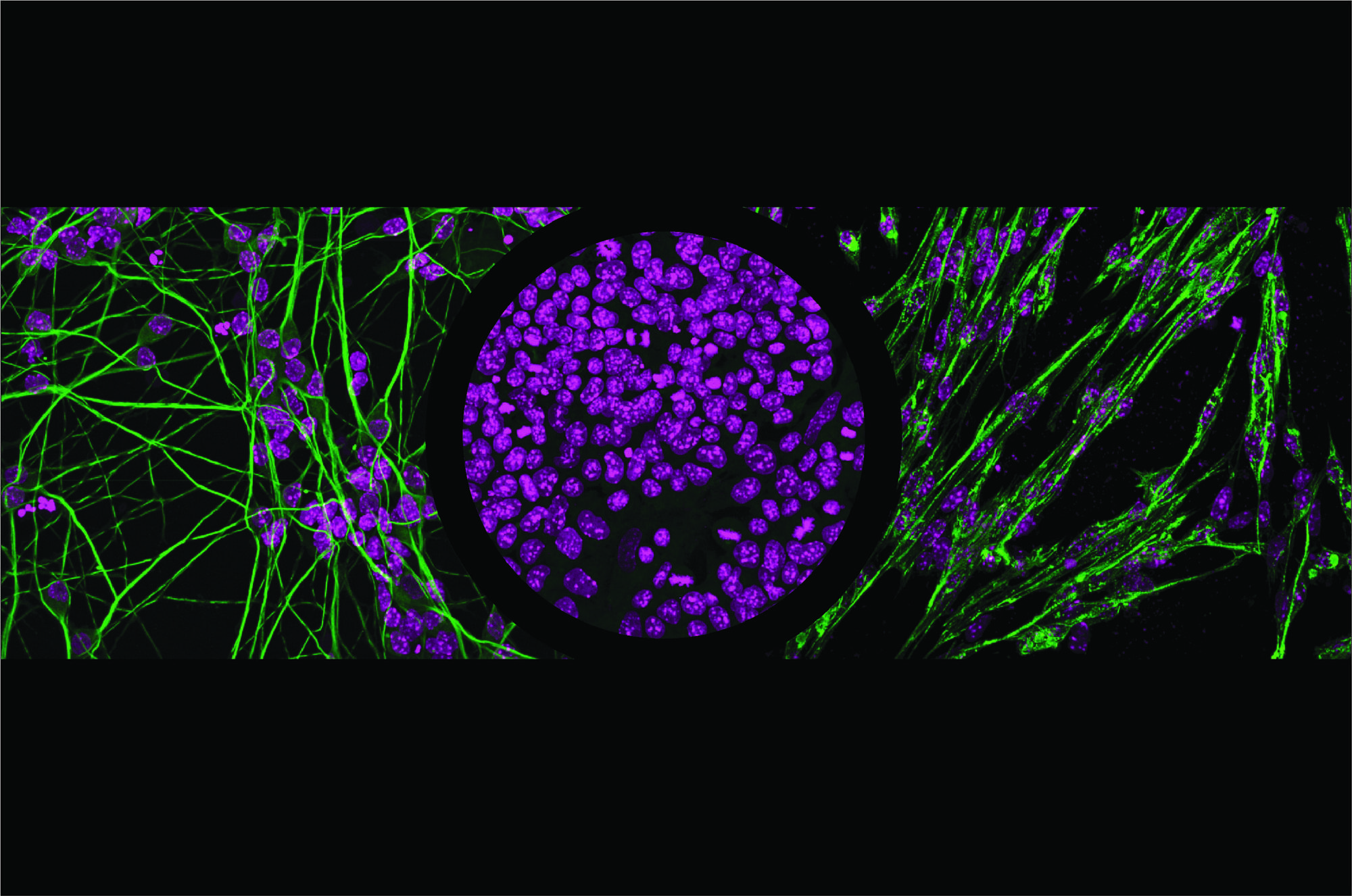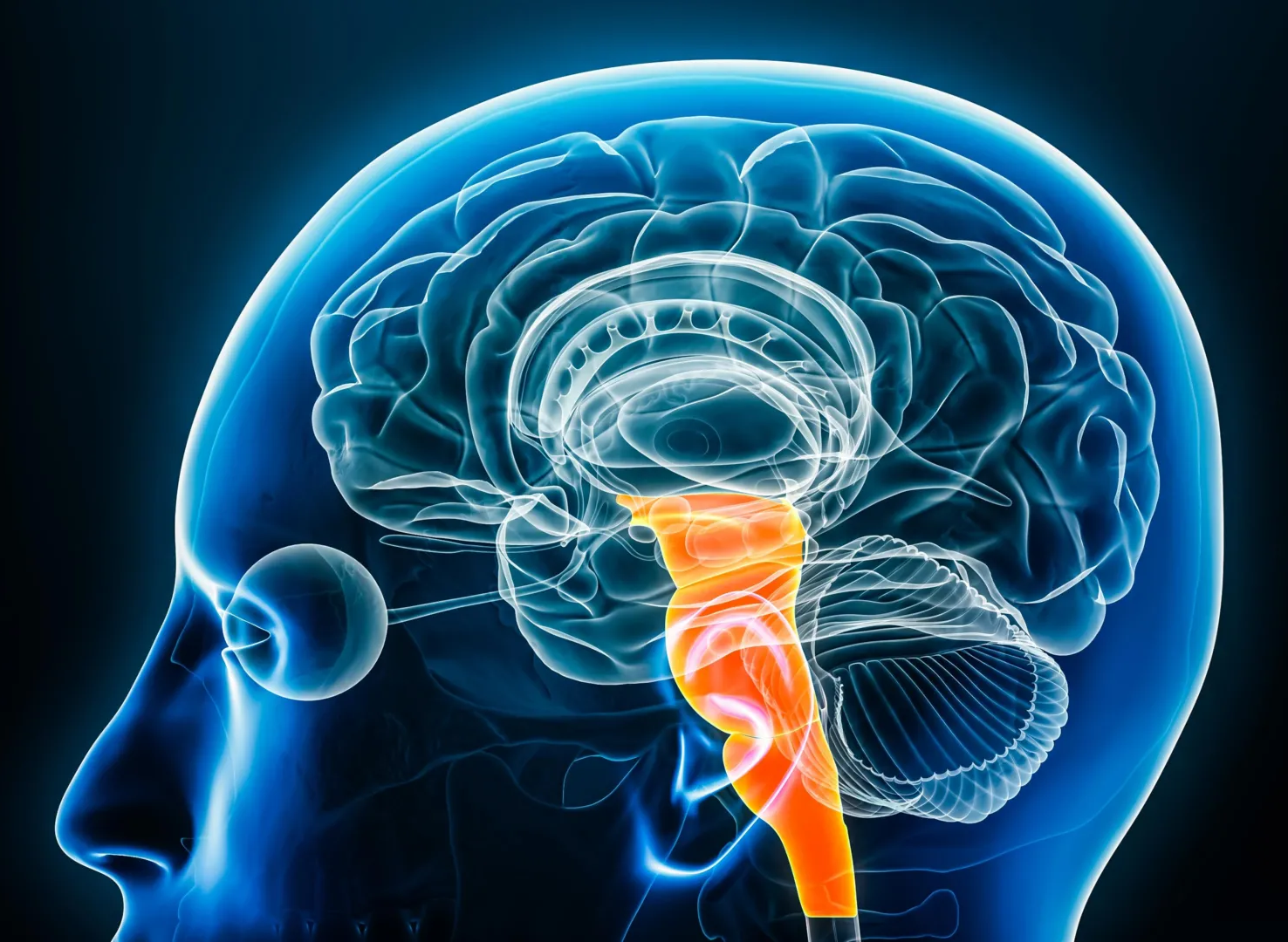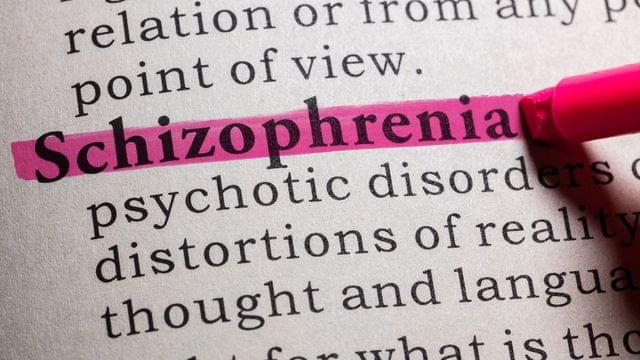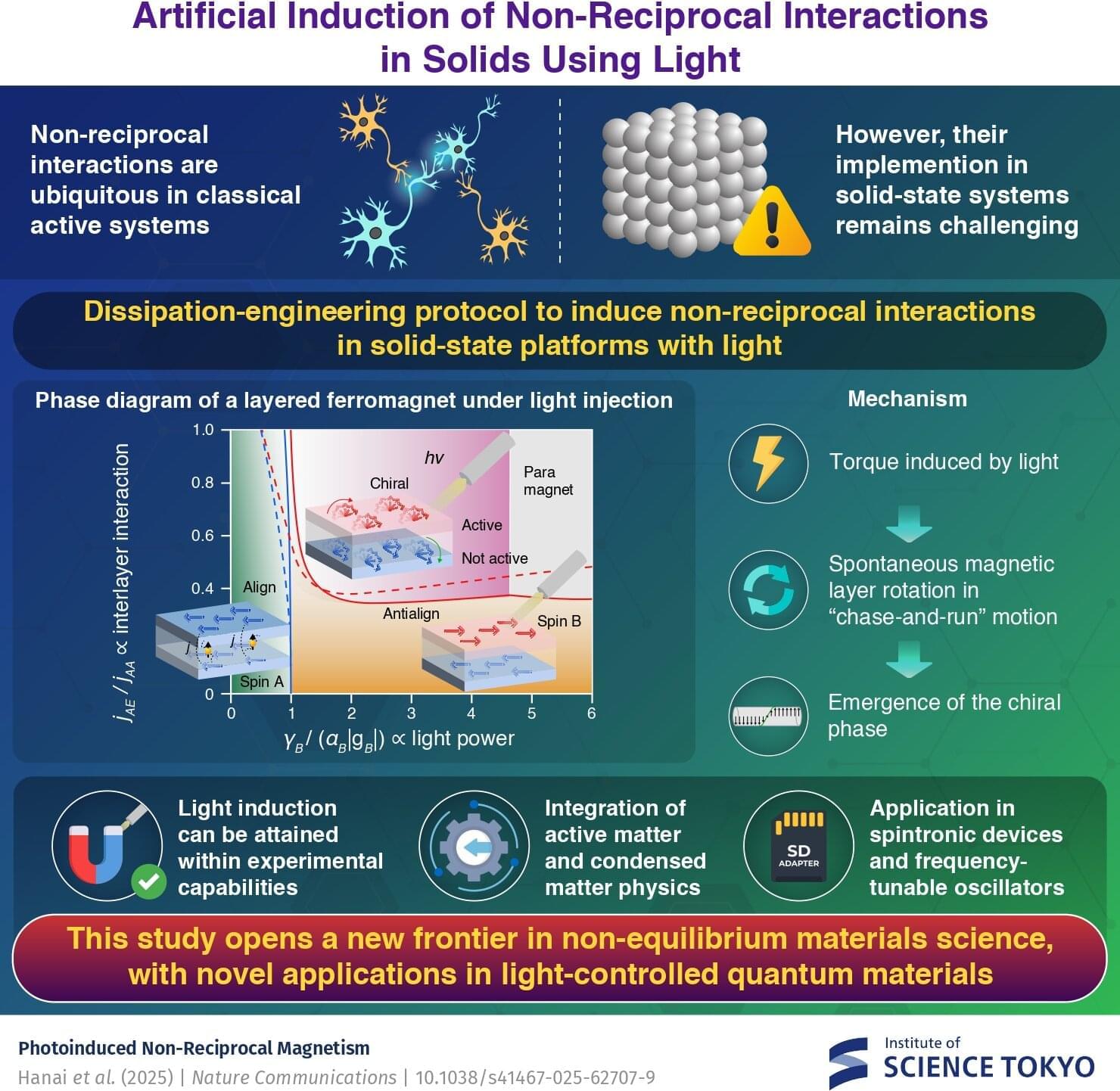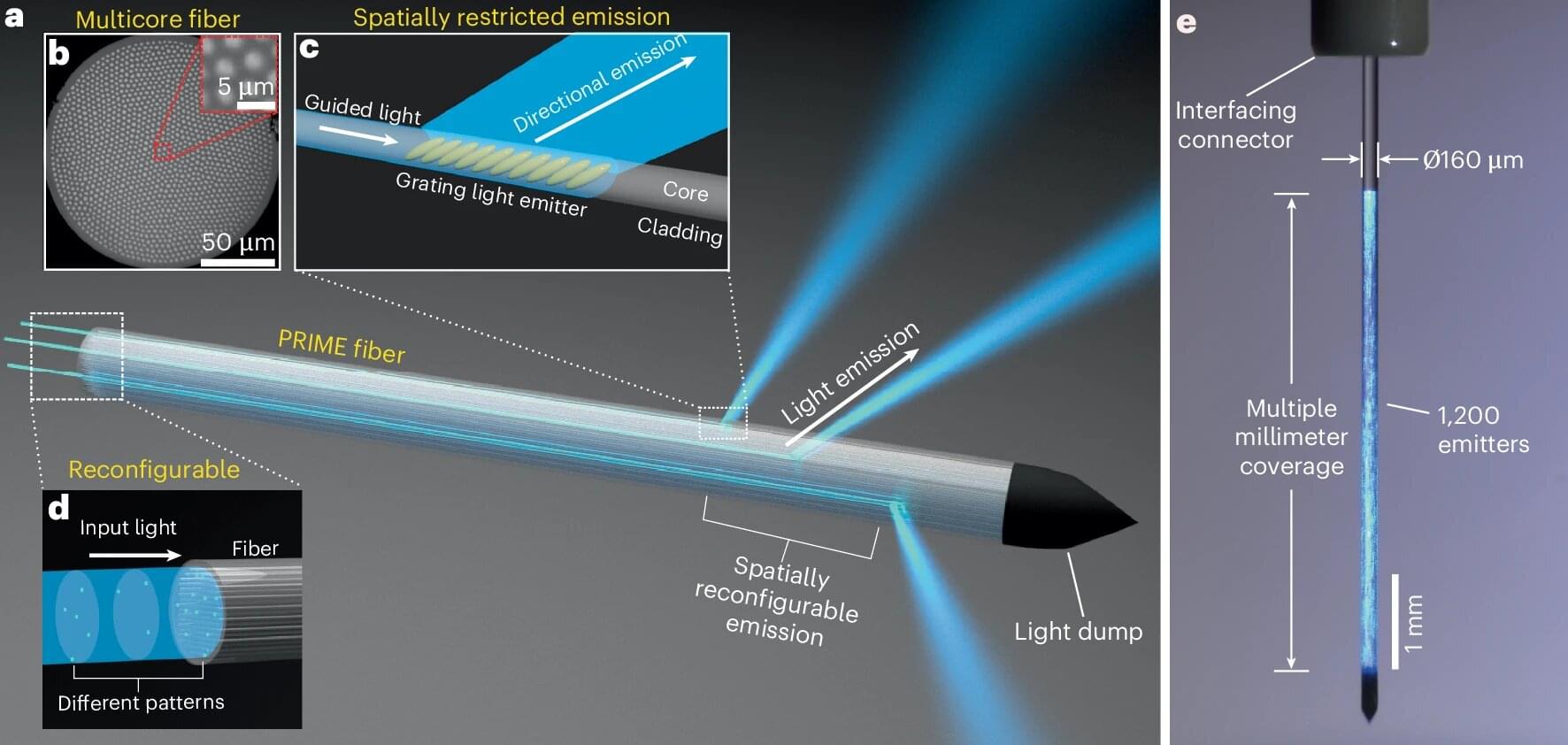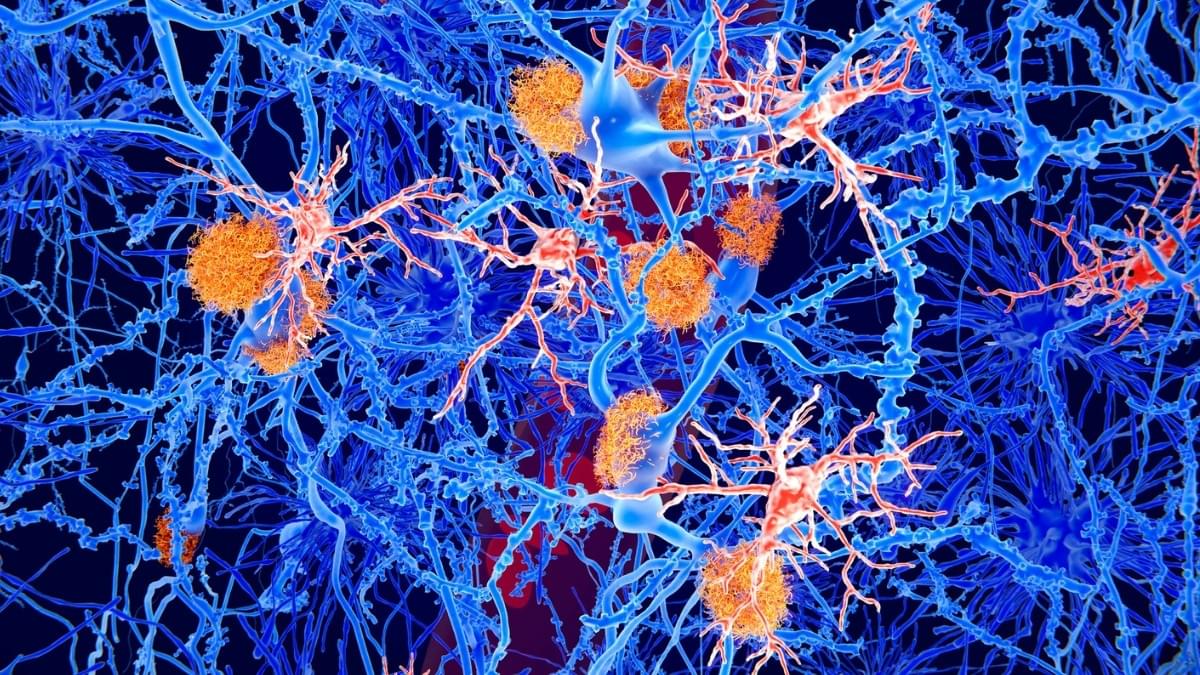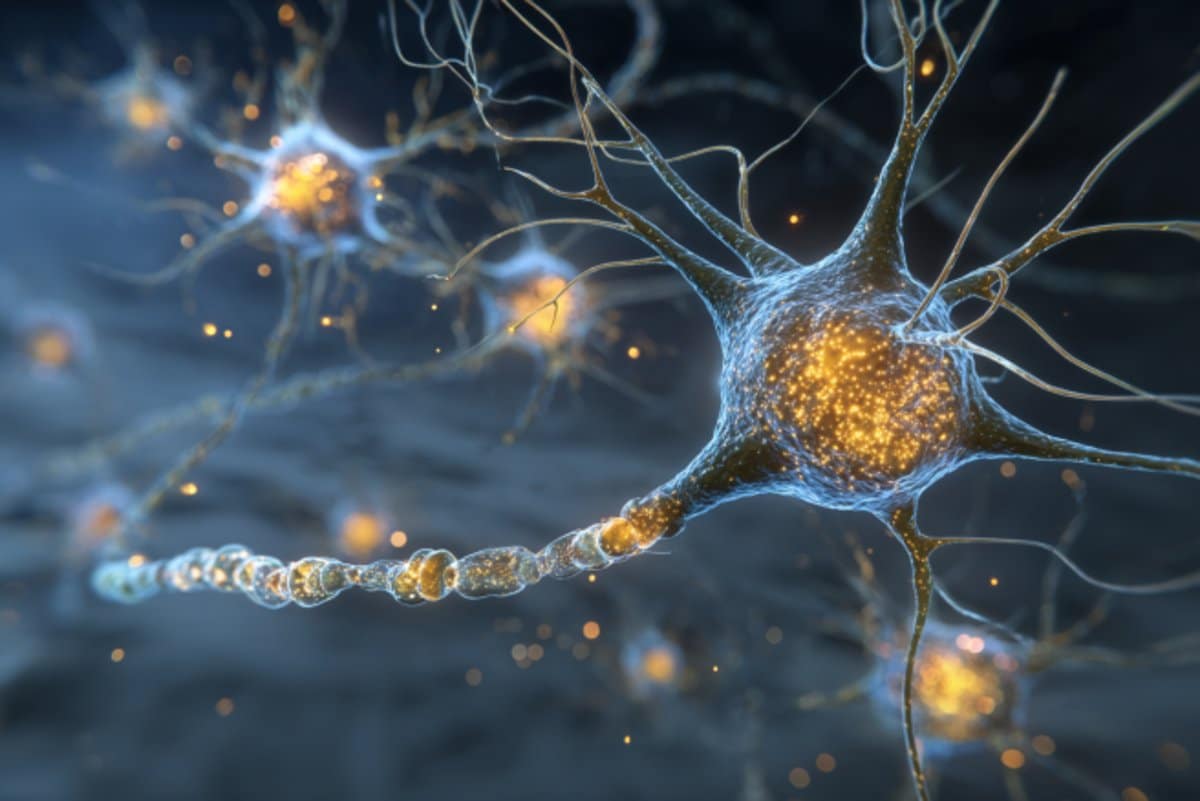Every cell in the body has the same DNA, but different cell types—such as muscle or brain cells—use different parts of it. Transcription factors help cells activate specific genes by reading certain DNA sequences, but since these sequences are common across the genome, scientists have long wondered how the factors know exactly where to bind.
Researchers in the Schübeler lab set out to address this question by looking at two closely related transcription factors—NGN2 and MyoD1—that steer cells toward becoming neurons and muscle cells, respectively. Using stem cells, they switched these transcription factors on one at a time and watched where they attached to the DNA and how they influenced gene expression. Their research is published in the journal Molecular Cell.
They found that the binding of transcription factors to the DNA molecule depends not only on the DNA sequence but also on how open the DNA is and which partner proteins are present. Sometimes, transcription factors act as “pioneer factors” and are able to open tightly packed DNA at specific sites to turn on genes. Small DNA changes—sometimes just one letter—and the proteins these factors partner with can affect whether genes are activated.
